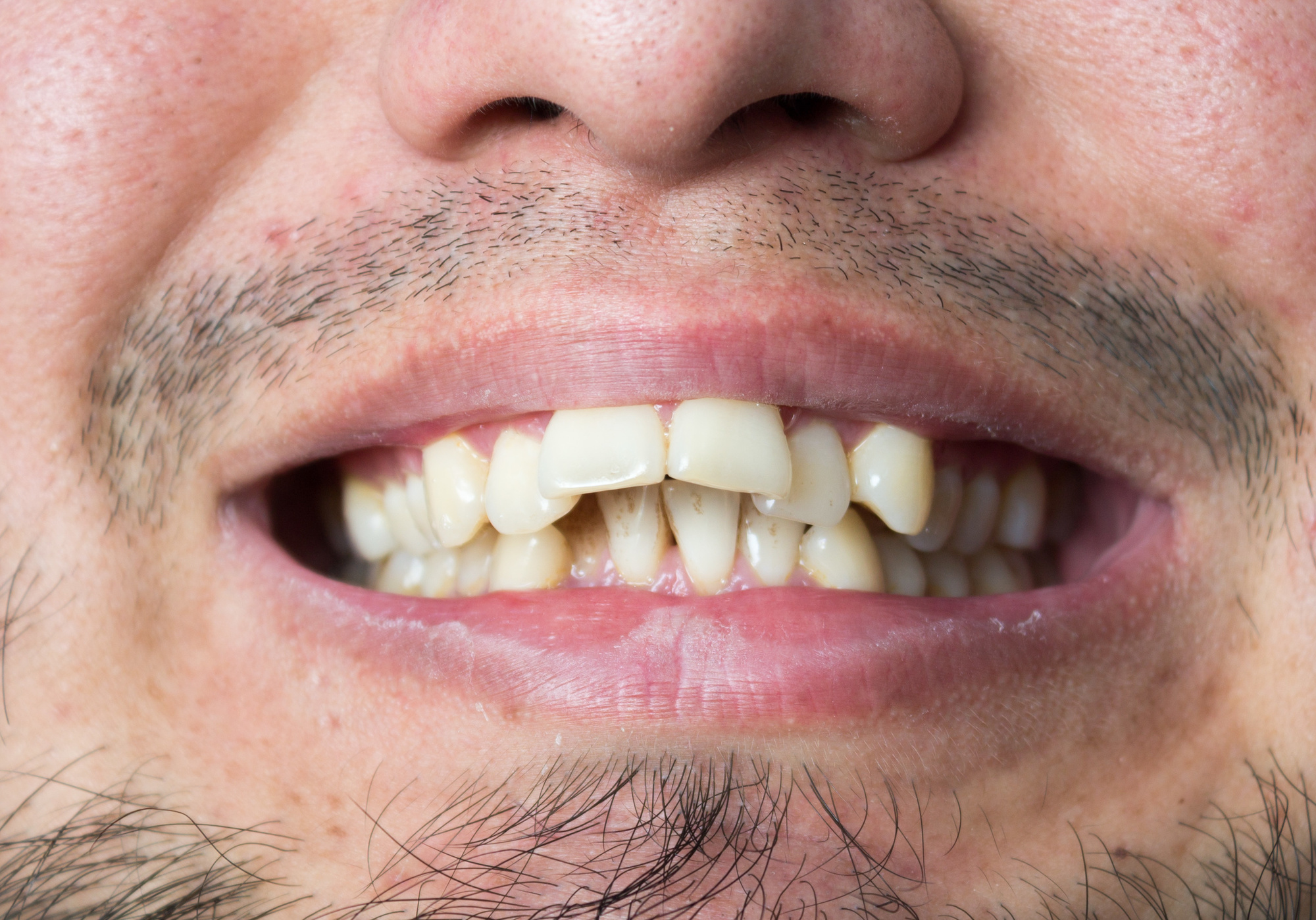Invisalign vs. Conventional Braces: Which Alternative Is Right for You?
When considering orthodontic treatment, the option in between Invisalign and traditional dental braces presents numerous vital factors that warrant mindful evaluation. Invisalign uses a discreet choice with removable aligners, while traditional dental braces provide a more noticeable yet efficient service for extreme imbalance.
Overview of Treatment Choices

In contrast, typical dental braces include metal brackets and cords that are bonded to the teeth. This approach applies continual stress in time to accomplish placement. While effective for intricate orthodontic concerns, conventional dental braces call for normal sees for changes and can pose difficulties in keeping dental hygiene due to the problem of cleaning up about braces and wires.
Both choices have their values, and the option usually rests on certain oral problems, way of living choices, and person conformity. Inevitably, seeking advice from an orthodontic specialist is crucial for identifying the most appropriate treatment plan tailored to private requirements. Comprehending the nuances of each choice can substantially affect the general success of orthodontic therapy.
Aesthetic Considerations
A substantial aspect influencing the selection between Invisalign and traditional dental braces is the aesthetic appeal each therapy provides. Invisalign aligners are crafted from clear plastic, making them basically undetectable when worn.
On the other hand, standard braces contain metal braces and wires, which can be a lot more noticeable. While innovations in orthodontic innovation have caused the development of smaller braces and colored elastics, standard braces still preserve a more noticeable account. For some individuals, the exposure of dental braces may hinder them from seeking essential treatment.
Eventually, the selection between Invisalign and standard dental braces may pivot on individual preferences regarding aesthetics. Clients that focus on discretion commonly favor Invisalign, while those who are less worried concerning visibility may decide for traditional braces. Comprehending the visual effects of each option is important for making an educated choice that aligns with one's way of life and preferences.
Comfort and Convenience

In terms of ease, Invisalign aligners are detachable, allowing patients to appreciate their preferred foods without restriction and keep ideal dental health. Brushing and flossing are streamlined, as the aligners can be secured during these regimens, whereas conventional braces need mindful navigating around cables and braces.
Furthermore, Invisalign's progressive system permits fewer orthodontic gos to. People usually obtain numerous collections of aligners simultaneously, which can improve the treatment procedure my latest blog post and minimize time spent in the orthodontist's chair. In contrast, typical dental braces necessitate regular changes, making them less practical for those with busy routines. Invisalign. In general, the convenience and convenience of Invisalign make it an enticing choice for lots of people seeking orthodontic therapy.
Treatment Period and Effectiveness
While both Invisalign and conventional dental braces work in correcting dental imbalances, the period of therapy can vary substantially in between both options. Commonly, Invisalign treatment can take anywhere from 12 to 18 months, relying on the complexity of the case. browse around this web-site The clear aligners work by slowly moving teeth right into their preferred placements, and normal follow-ups with an orthodontist help guarantee development stays on the right track.
On the other hand, typical dental braces usually require a longer commitment, usually ranging from 18 months to three years. This is due to their fixed nature and the use of wires and brackets, which can be much more efficient for intricate instances and severe misalignments (Invisalign). The therapy performance of typical dental braces is well-documented, as they permit exact modifications and greater control over tooth movement
Ultimately, the selection in between Invisalign and standard braces may depend upon both the awaited treatment duration and the specific oral concerns available. Consulting with an orthodontist is essential, as they can offer tailored referrals based upon private needs, guaranteeing the picked method aligns with wanted results and timeframes.
Expense Contrast and Insurance Alternatives
Expense plays a significant duty in the decision-making procedure for people considering orthodontic treatment, whether choosing Invisalign or typical braces. Typically, the expense of Invisalign varieties from $3,000 to $8,000, while traditional dental braces generally cost between $2,000 and $6,000. Aspects influencing these prices include the complexity of the case, the duration of treatment, and geographical place.
Numerous dental insurance strategies supply partial insurance coverage for orthodontic treatments, however the specifics can differ extensively. Normally, conventional dental braces may be a lot more regularly covered by insurance plans compared to Invisalign, which some insurance firms categorize as a cosmetic procedure.
Additionally, a number of orthodontic methods use versatile layaway plan, making both treatment choices a lot more accessible. Patients should inquire about possible funding alternatives and price cuts for ahead of time settlements. Reviewing the complete expense, consisting of insurance policy benefits and repayment plans, is vital for making a notified decision that aligns with both visual choices and budget plan considerations.

Final Thought
In summary, the choice between Invisalign and typical dental braces depends upon several elements, including visual choices, comfort, treatment period, and cost. Invisalign discover here provides a discreet, detachable choice that helps with oral health and nutritional flexibility, while standard dental braces may be preferable for complicated dental concerns and usually come with a lower rate point. Inevitably, examination with an orthodontist is vital to evaluate specific situations and establish one of the most appropriate treatment option for accomplishing optimal oral placement.
When considering orthodontic therapy, the choice in between Invisalign and conventional dental braces provides numerous crucial variables that warrant careful examination.Comparing Invisalign and standard braces exposes distinct treatment alternatives for orthodontic improvement.While both Invisalign and standard dental braces are efficient in dealing with dental imbalances, the period of treatment can differ significantly between the 2 alternatives.Cost plays a considerable duty in the decision-making process for individuals taking into consideration orthodontic treatment, whether deciding for Invisalign or traditional dental braces.In recap, the choice between Invisalign and standard dental braces hinges on several variables, consisting of visual preferences, comfort, treatment duration, and expense.